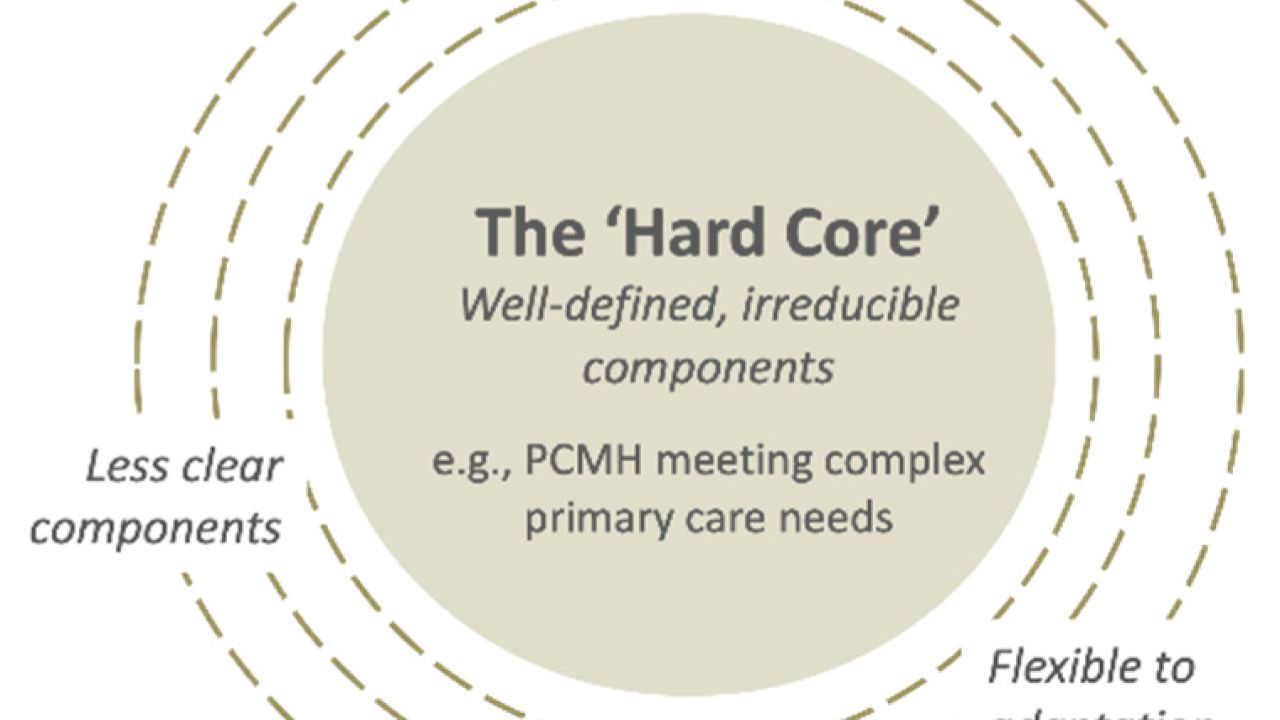Introduction
The landscape of healthcare is rapidly evolving, driven by technological advancements, digital transformation, and an increasing emphasis on personalized medicine. Among the pioneers leading this transformation is the Mayo Clinic, renowned for its patient-centered approach and innovative research. The Mayo Clinic Platform (MCP) represents a strategic initiative to harness the power of digital health technologies, data analytics, and artificial intelligence (AI) to improve patient outcomes, accelerate research, and enable more efficient healthcare delivery.
This comprehensive exploration delves into the origins, architecture, core components, AI integration, applications, challenges, and future prospects of the Mayo Clinic Platform, emphasizing its role in shaping the future of healthcare.
Background and Rationale
The Need for Digital Transformation in Healthcare
Traditional healthcare systems often grapple with fragmented data, limited interoperability, and the challenge of deriving actionable insights from vast amounts of clinical and research data. Moreover, the growing burden of chronic diseases, aging populations, and the need for personalized treatment approaches demand innovative solutions.
Mayo Clinic’s Vision
The Mayo Clinic envisions a future where data-driven insights and AI enable precision medicine, early diagnosis, and improved patient engagement. To realize this vision, the institution launched the Mayo Clinic Platform as a comprehensive digital infrastructure to facilitate data sharing, collaboration, and advanced analytics.
The Mayo Clinic Platform: Overview
Definition and Purpose
The Mayo Clinic Platform is an integrated healthcare platform designed to aggregate, analyze, and leverage health data from diverse sources. It provides a secure, scalable environment where clinicians, researchers, and industry partners can develop and deploy AI-driven solutions, facilitate clinical trials, and improve patient care.
Core Principles
- Interoperability: Seamless integration of data from multiple sources.
- Security and Privacy: Ensuring compliance with healthcare regulations like HIPAA.
- Collaboration: Enabling partnerships among academia, industry, and healthcare providers.
- Innovation: Supporting rapid development and deployment of AI and digital health tools.
Architecture of the Mayo Clinic Platform
The platform’s architecture comprises several layers and components designed to facilitate data management, analytics, AI development, and user interaction.
1. Data Layer
- Sources: Electronic Health Records (EHRs), imaging, genomics, wearable devices, patient-reported outcomes.
- Data Types: Structured (lab results, demographics), unstructured (clinical notes, imaging), and streaming data.
- Data Integration: Use of standardized formats and interoperability frameworks such as FHIR (Fast Healthcare Interoperability Resources).
2. Data Governance and Security Layer
- Ensures data privacy, access controls, audit trails, and regulatory compliance.
- Employs encryption, de-identification, and consent management.
3. Analytics and AI Layer
- Data Processing: Data cleaning, normalization, and feature extraction.
- AI Models: Development, training, validation, and deployment of machine learning algorithms.
- Tools: Use of cloud-based environments, open-source frameworks (TensorFlow, PyTorch).
4. Application Layer
- Interfaces for clinicians, researchers, and partners.
- Dashboards, decision support tools, and visualization modules.
5. Collaboration and Marketplace
- A digital marketplace facilitating third-party app development.
- Collaboration tools and shared research initiatives.
Core Components and Capabilities
1. Data Platform
The backbone of the MCP is its ability to securely aggregate and harmonize data from multiple sources. This involves:
- Data Lakes and Warehouses: Central repositories for raw and processed data.
- Interoperability Frameworks: Leveraging standards like HL7, FHIR, DICOM for imaging, and CDS Hooks for clinical decision support.
2. AI and Machine Learning Environment
The platform provides tools and infrastructure for:
- Model Development: Using historical data to train predictive models.
- Model Deployment: Integrating AI solutions into clinical workflows.
- Continuous Learning: Updating models with new data to improve accuracy.
3. Digital Health Applications
- Clinical Decision Support (CDS): AI-powered alerts and recommendations.
- Imaging Analytics: Automated image interpretation for radiology, pathology.
- Genomic Analysis: Integrating genomics with clinical data for personalized treatment.
- Remote Monitoring: Using wearable and IoT devices for continuous patient data collection.
4. Research and Clinical Trials
- Facilitates patient recruitment, data sharing, and trial management through digital tools.
- Enables observational studies and real-world evidence generation.
Artificial Intelligence in the Mayo Clinic Platform
AI is central to the MCP’s mission, enabling advanced analytics that transform raw data into actionable insights.
1. Types of AI Applications
- Predictive Analytics: Forecasting disease progression, hospital readmissions.
- Diagnostic Support: Assisting radiologists and pathologists with image analysis.
- Treatment Personalization: Recommending tailored therapies based on patient data.
- Operational Efficiency: Optimizing scheduling, resource allocation.
2. AI Development Workflow
- Data Preparation: Ensuring high-quality, annotated datasets.
- Model Training: Using supervised, unsupervised, or reinforcement learning techniques.
- Validation: Testing models against independent datasets.
- Deployment: Integrating models into clinical workflows with user interfaces.
- Monitoring: Tracking performance and updating models as needed.
3. AI Challenges and Solutions
- Data Quality and Bias: Implementing rigorous data curation and fairness assessments.
- Explainability: Developing interpretable models to foster clinician trust.
- Regulatory Approval: Navigating FDA and other regulatory pathways for AI tools.
- Integration: Ensuring seamless workflow integration without disruption.
Applications of the Mayo Clinic Platform
1. Personalized Medicine
By integrating genomics, clinical data, and AI, the platform supports precision medicine initiatives:
- Identifying genetic variants associated with diseases.
- Tailoring treatments based on individual risk profiles.
- Monitoring response to therapy.
2. Imaging and Diagnostics
Advanced imaging analytics aid in:
- Early detection of cancers and neurological conditions.
- Quantitative assessment of disease severity.
- Automated reporting and decision support.
3. Clinical Decision Support
AI-driven alerts assist clinicians by:
- Flagging abnormal lab results.
- Suggesting differential diagnoses.
- Recommending evidence-based interventions.
4. Remote and Continuous Monitoring
Wearables and IoT devices feed real-time data into the platform, enabling:
- Chronic disease management.
- Post-discharge monitoring.
- Early identification of complications.
5. Research and Clinical Trials
The platform accelerates research by:
- Facilitating multi-institutional collaborations.
- Enabling real-world evidence collection.
- Streamlining patient recruitment.
Impact on Healthcare Delivery
The integration of AI and digital tools within the MCP enhances:
- Efficiency: Automating routine tasks, reducing administrative burden.
- Accuracy: Improving diagnostic precision.
- Patient Engagement: Providing personalized insights and remote monitoring.
- Outcomes: Enabling proactive, preventive care.
Challenges and Considerations
While the Mayo Clinic Platform offers significant potential, several challenges must be addressed:
1. Data Privacy and Security
Ensuring compliance with HIPAA, GDPR, and other regulations is imperative. Robust cybersecurity measures are necessary to protect sensitive health data.
2. Interoperability
Achieving seamless data exchange across diverse systems remains complex due to varying standards and legacy systems.
3. Data Quality and Bias
Ensuring data accuracy and representativeness to prevent biased AI models is critical.
4. Regulatory and Ethical Issues
AI tools must undergo regulatory approval and ethical review, especially when influencing clinical decisions.
5. Clinician Adoption
Training and workflow integration are necessary to foster acceptance among healthcare providers.
6. Equity and Access
Ensuring equitable access to digital health tools across populations is essential to prevent disparities.
Future Directions
The future of the Mayo Clinic Platform involves several promising avenues:
1. Expansion of Data Sources
Incorporating more diverse data, including social determinants of health, environmental data, and real-world evidence.
2. Advanced AI Techniques
Leveraging deep learning, federated learning, and explainable AI to improve model performance and transparency.
3. Patient-Centered Tools
Developing mobile apps and portals to empower patients in managing their health.
4. Collaborative Ecosystems
Building broader partnerships with technology companies, academia, and government agencies to accelerate innovation.
5. Regulatory Evolution
Working with regulators to establish clear pathways for AI approval and post-market surveillance.
6. Focus on Equity
Designing solutions that address health disparities and ensure accessibility for underserved populations.
Conclusion
The Mayo Clinic Platform exemplifies the transformative potential of integrating healthcare platforms with artificial intelligence. By creating a secure, interoperable, and flexible digital environment, the MCP aims to accelerate innovation, improve clinical outcomes, and foster a new era of personalized medicine. While challenges remain, ongoing efforts in data governance, AI development, and stakeholder collaboration are paving the way for a future where data-driven insights become integral to everyday healthcare.
The continued evolution of the Mayo Clinic Platform will likely serve as a model for other institutions seeking to harness digital health innovations, ultimately contributing to a more effective, equitable, and patient-centered healthcare system.



